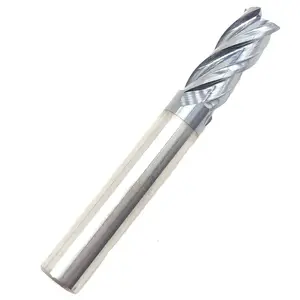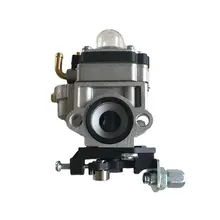Understanding Carbide Square Bars
Carbide square bars are integral components in the realm of industrial milling, known for their robustness and precision. These bars, often made from tungsten carbide, are designed for a variety of milling applications, setting them apart in terms of durability and performance.
Types and Applications of Carbide Square Bars
The versatility of carbide square bars is evident in their various types, each tailored for specific industries and uses. For instance, tungsten carbide square bars are highly sought after in the automotive and aviation sectors for their exceptional strength. The diversity in axis configurations, from three-axis to five-axis milling cutters, allows these bars to be adapted for complex and precise machining tasks.
Features and Materials
Carbide square bars are characterized by their unique geometry and material composition. Tungsten carbide, the primary material, is known for its resistance to wear and thermal deformation. This makes the bars suitable for high-speed milling operations without compromising on finish or accuracy. The material's resilience also means that these bars can tackle a wide range of mechanical parts, from the simplest to the most intricate designs.
Advantages of Using Carbide Square Bars
The adoption of carbide square bars in milling offers numerous advantages. Their ability to cut in both axial and radial directions enhances the efficiency of the milling process. Additionally, the adaptability of these bars to different axis machines enhances their utility in creating parts with complex geometries. The inherent strength of tungsten carbide also contributes to longer tool life and reduced downtime, optimizing overall productivity.
Choosing the Right Carbide Square Bar
Selecting the appropriate carbide square bar is crucial for achieving desired outcomes in milling operations. Factors such as the number of axes, the type of milling machine, and the specific application play a significant role in this decision. While a three-axis bar may suffice for simpler tasks, more complex machining might necessitate a five-axis bar with additional features for enhanced flexibility and precision.
Conclusion
In summary, carbide square bars are essential tools in industrial milling, capable of shaping a multitude of mechanical parts with precision. Their construction from materials like tungsten carbide ensures longevity and performance, making them a valuable asset in any milling operation. While the range of shapes and sizes available is broad, each bar serves the purpose of delivering precise and efficient milling results.











































 浙公网安备 33010002000092号
浙公网安备 33010002000092号 浙B2-20120091-4
浙B2-20120091-4